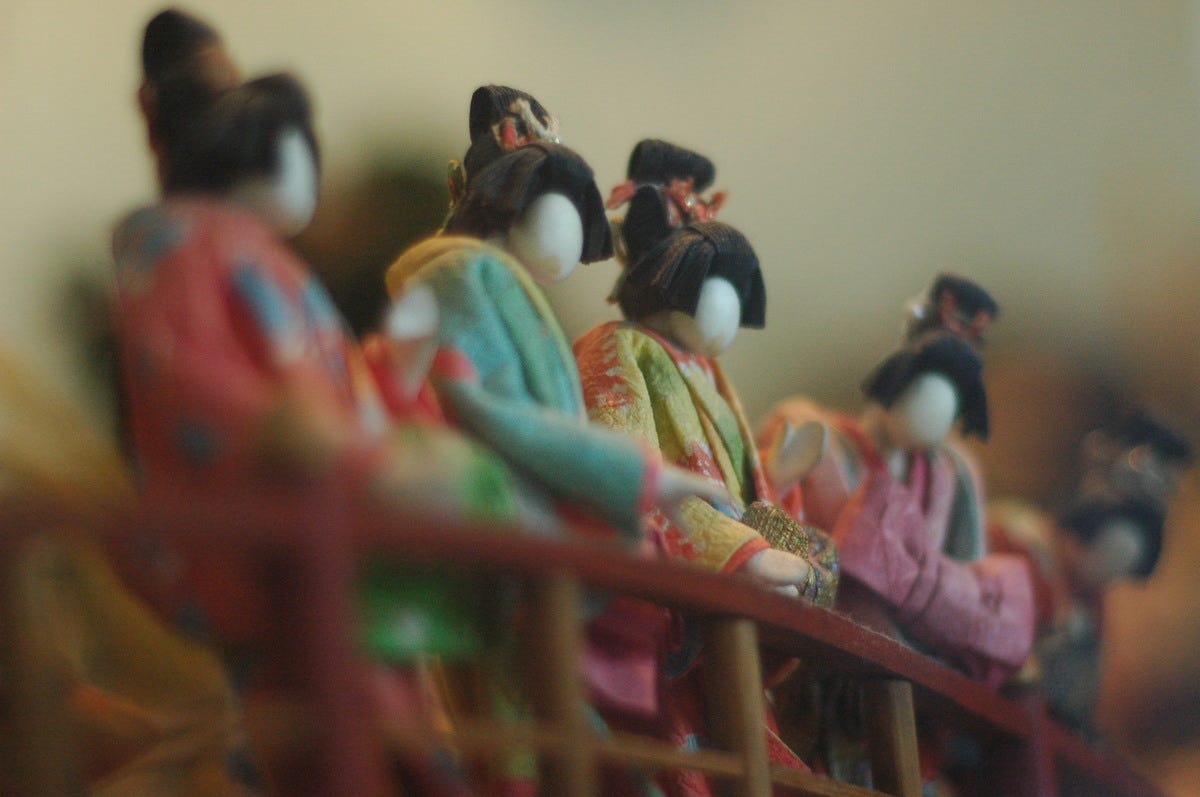First-Timer’s Guide to Live Jazz in Japan
How to navigate Japanese jazz spots for the first time, and for anyone who wants to know more about what it’s like.
Introduction
There are some common impressions of hurdles that newcomers need to overcome with live jazz performances, and challenges with jazz in general for beginners. Jazz bars and clubs can seem hard to enter, especially on your own, and for the first time. What is the payment system? What music, and from which albums, is being played? Is it written down music, pure improvisation, noise? What’s a performance versus a jam session? When do I clap?
This article is aimed to help first timers navigate the world of jazz spots in Japan, with Tokyo as a base example. I hope it is also interesting for anyone who wants to know more about what it’s like to be experience live jazz music in Japan.
The topics in this article include glossaries of useful terms used in the Japanese jazz universe, what preparations to make and know about before going, and what happens at the venues. Finally, the last section of this article presents a descriptive example in narrative form of what it is like to go to a jazz club in Japan for the first time.
Basic Lingo
For some helpful terms that appear in Japanese jazz, here is a brief list of common words and phrases. Japanese translations are included to help when searching for or looking at venue websites and online information.
Useful Terms:
Jazz: ジャズ (jazu)
Musician: ミュージシャン (myūjishan)
J Jazz: J・ジャズ (j jazu) Japanese jazz: What’s J Jazz?
Live: ライブ (raibu) or ライヴ (raivu) Live music, often shortened to just “live” in Japan. Live performance concerts and events.
Stage: ステージ (sutēji) A set, as in “1st stage” and “2nd stage” used to show the starting times for each set
Leader live: リーダーライブ (rīdā raibu) A performance with the specified musician as the leader, the main artist, the key musician, or the star for the night’s event. Jazz musicians often perform with many groups concurrently, in many group formats such as duos and trios, and can be side-musicians or co-stars just as often as leader. Using the term leader live for certain concerts highlights their main, signature performances as recommended and helps to elevate the visibility of those events.
Jam session: ジャムセッション (jamu sesshon) A relaxed gathering of community musicians made up of amateurs, students, and professional musicians who gather together to practice jazz songs and improvisation using common jazz standards. Informal but organized. Also called jazz session. ジャズセッション (jazu sesshon).
Session: セッション (sesshon) Usually means jam session, but sometimes used for an informal jazz performance centered around a leader or theme.
Vocal session: ボーカルセッション (bōkaru sesshon) A jam session that is oriented for singers to join, as opposed to a jam session primarily for non-vocal instrumentalists.
Open mic: オーペン・マイク (ōpun maiku) Commonly audience participation showcase for singer-songwriters and other genres besides jazz.
Workshop: ワークショップ (wākushoppu) A class, lecture, or guided hands-on sessions for students of jazz.
Regular customer: 常連 (jōren) or 常連客 (jōrenkyaku) or 常連さん (jōrensan) A regular customer at a certain venue, someone who is recognized for going there frequently.
About the Venues
The phrases jazz club, jazz bar, jazz spot, and others are mostly used interchangeably to mean any place that jazz music is featured, usually through live concerts, and sometimes through recorded music with a high-end stereo system and a fanatic’s personal collection of jazz CDs and LPs. However, perceptive customers may notice subtle differences between how the terms are used, briefly explained here.
Keep reading with a 7-day free trial
Subscribe to Jazz of Japan to keep reading this post and get 7 days of free access to the full post archives.


